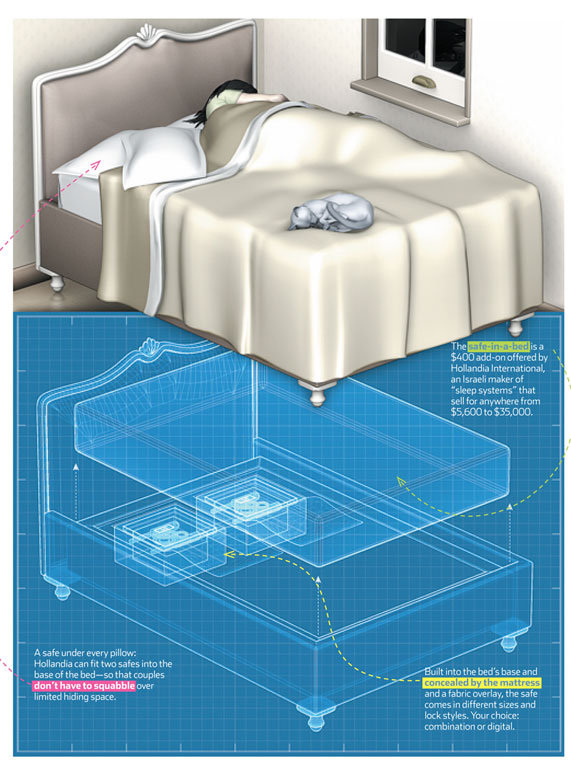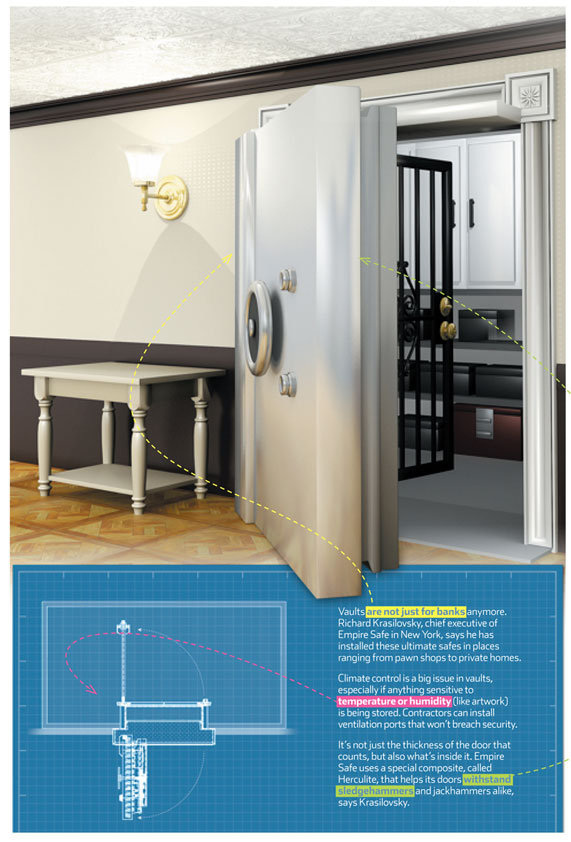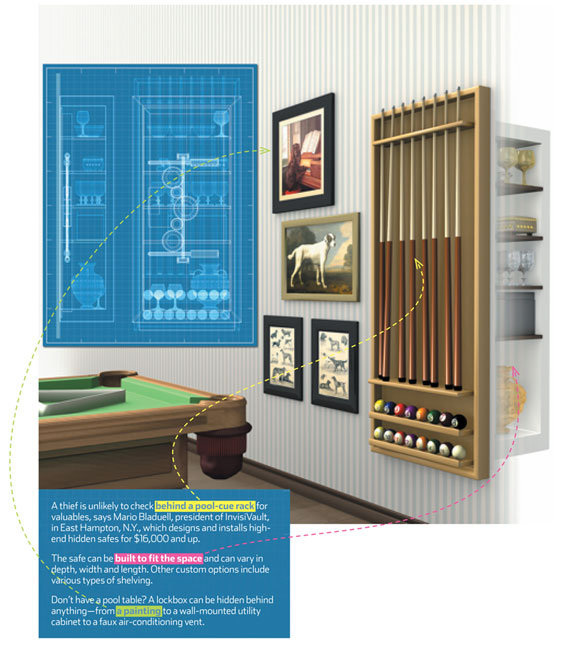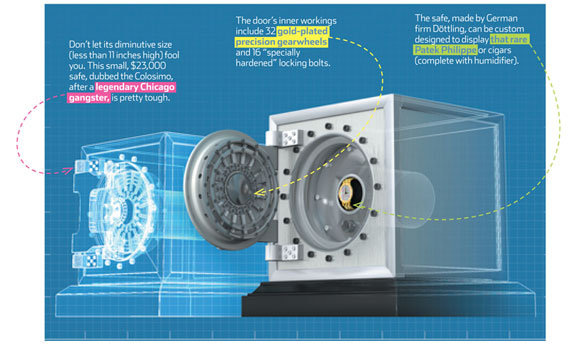Great Advice for Whenever you Come Into Money...
Personal Finance
|
2/11/2012 @ 6:26AM |970,084 views
10 Things To Do When You Win The Lottery (Powerball)
Updated Dec. 14, 2013. There was no winner of the Friday the 13th mega millions lottery last night. The jackpot has rolled over to an estimated $550 million. If you win it in the next Lottery drawing, you won’t ever have to worry about money again–right?
Wrong.














